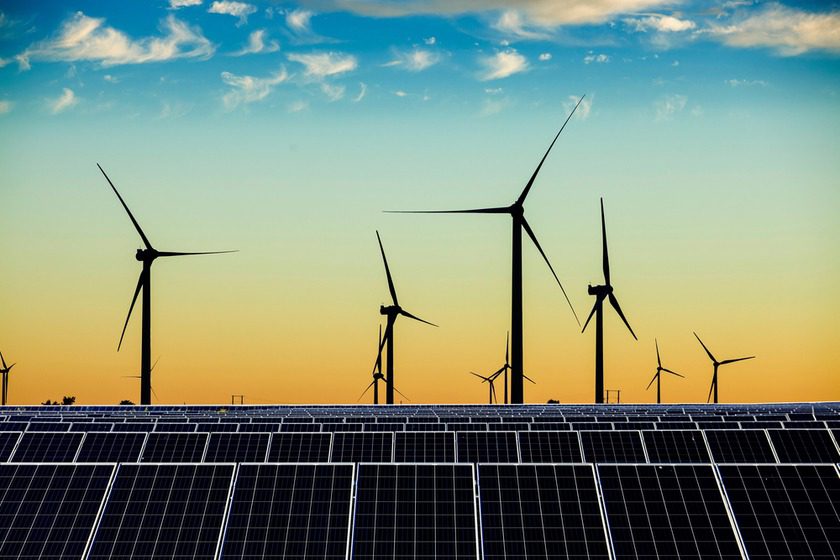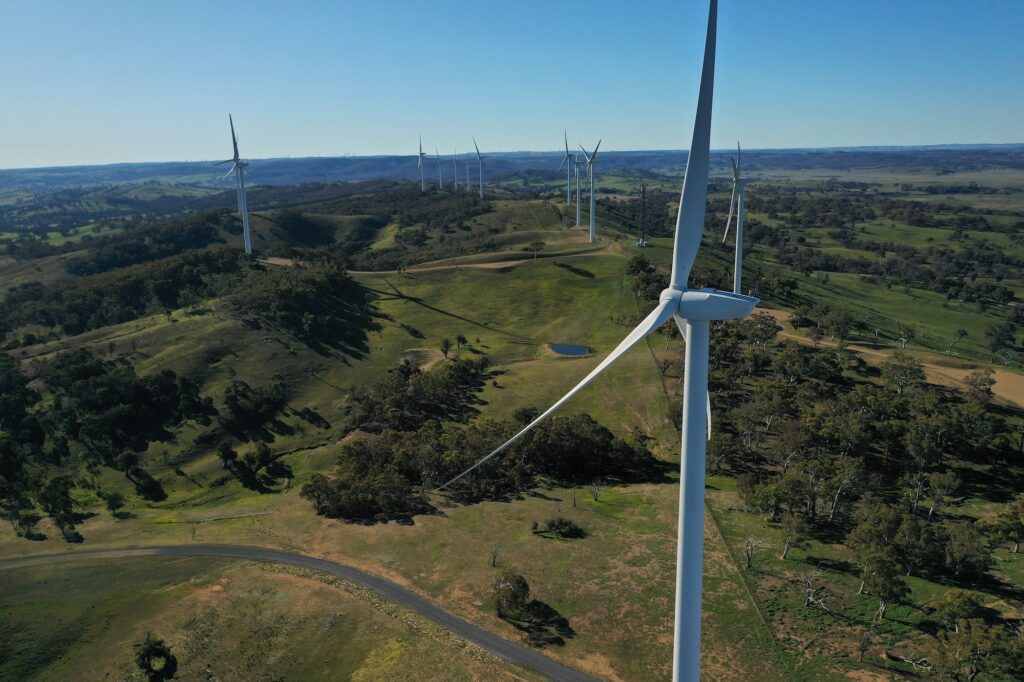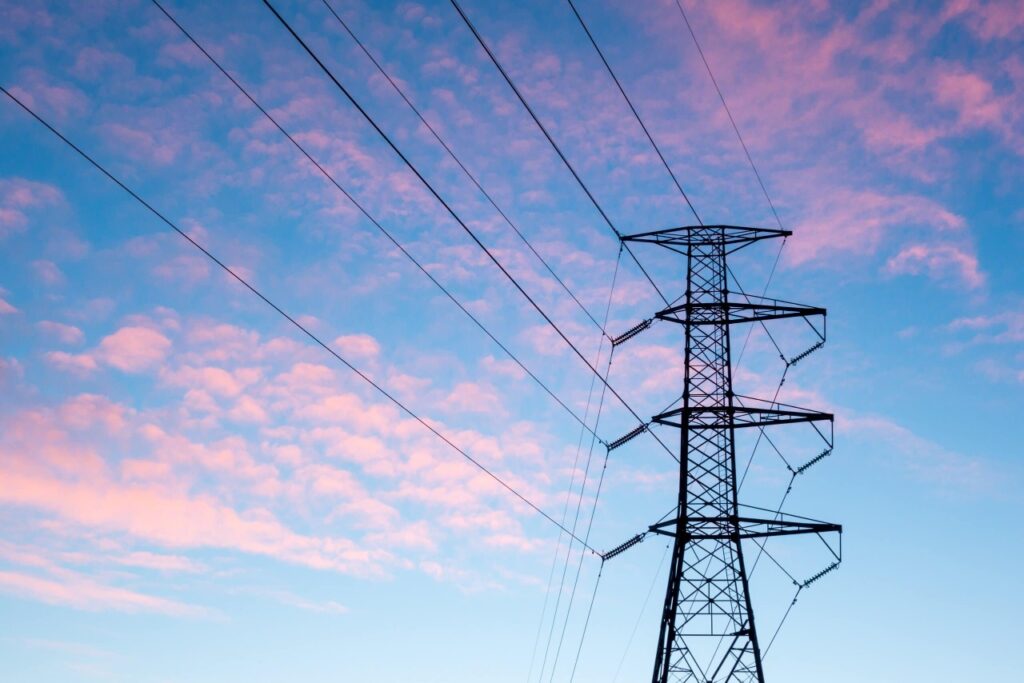- Home
- Industries

Using Drones in the Energy Sector
Drones are increasingly being utilised in the energy sector for various infrastructure and project-related tasks. Their versatility, cost-effectiveness, and ability to access hard-to-reach areas make them valuable tools for improving efficiency and safety in energy-related activities. Here are some ways drones are used in energy infrastructure and projects:
Inspections and Surveys:
- Power Lines and Towers: Drones can quickly and safely inspect power lines, transmission towers, and other electrical infrastructure. They can capture high-resolution imagery, thermal data, and LiDAR scans to identify issues such as damaged equipment, wear and tear, or potential hazards.
- Wind Turbines: Drones are employed to inspect the blades, nacelles, and towers of wind turbines. They can detect defects, cracks, or other issues, allowing for timely maintenance and reducing downtime.
Infrastructure Planning and Design:
- Site Surveys: Drones equipped with cameras and sensors can conduct topographic surveys and collect data for site planning and design. This is useful in the initial phases of energy infrastructure projects, such as solar or wind farm development.
- 3D Mapping: Drones can create detailed 3D models of terrain, structures, and project sites, aiding in the planning and visualization of energy projects.
Environmental Monitoring:
- Pipeline Inspection: Drones can monitor pipelines for leaks, corrosion, or other issues. They provide a cost-effective and non-intrusive method for regular inspections of extensive pipeline networks.
- Wildlife Monitoring: Drones equipped with cameras and sensors can be used to monitor wildlife and assess the environmental impact of energy projects.
Remote Sensing and Data Collection:
- Environmental Impact Assessment: Drones equipped with sensors can collect data for environmental impact assessments, measuring factors such as air and water quality, noise levels, and vegetation health.
- Solar Panel Inspections: Drones can inspect solar panels for damage or malfunctions, helping to ensure the optimal performance of solar energy installations.
Construction and Maintenance:
- Construction Monitoring: Drones can monitor construction progress, providing regular updates and identifying any deviations from the project plan.
- Asset Management: Drones can assist in managing and maintaining energy assets, helping to extend the lifespan of equipment through proactive maintenance.
By integrating drone technology into various aspects of energy infrastructure and projects, companies can enhance safety, reduce costs, and improve the overall efficiency of their operations. As technology continues to advance, the applications of drones in the energy sector are likely to expand even further.
ABOUT drone based energy projects
Data Driven Insights
Utilising various sensors, a drone is able to collect enormous amounts of accurate data of the natural and built environment quickly and accurately. Laser scanning, photogrammetry, ground penetrating radar and various other scanners are capable of understanding critical infrastructure and natural areas with incredible accuracy and resolution

Services Used in Energy Projects

Using the latest technology in aerial thermal imaging equipment provides a rich set of data to streamline your workflows and generate valuable insights into ensuring a solar field is operating at maximum capacity.
Managing inspections of power lines and power stations becomes much more efficient with the use of drones which in turn increases safety.
Drones play a crucial role in inspecting and maintaining wind turbines, offering several advantages over traditional methods.
Drones are increasingly being utilised for gas and pipeline inspections due to their ability to access difficult-to-reach locations, provide visual and thermal data, and improve the overall efficiency of inspections
